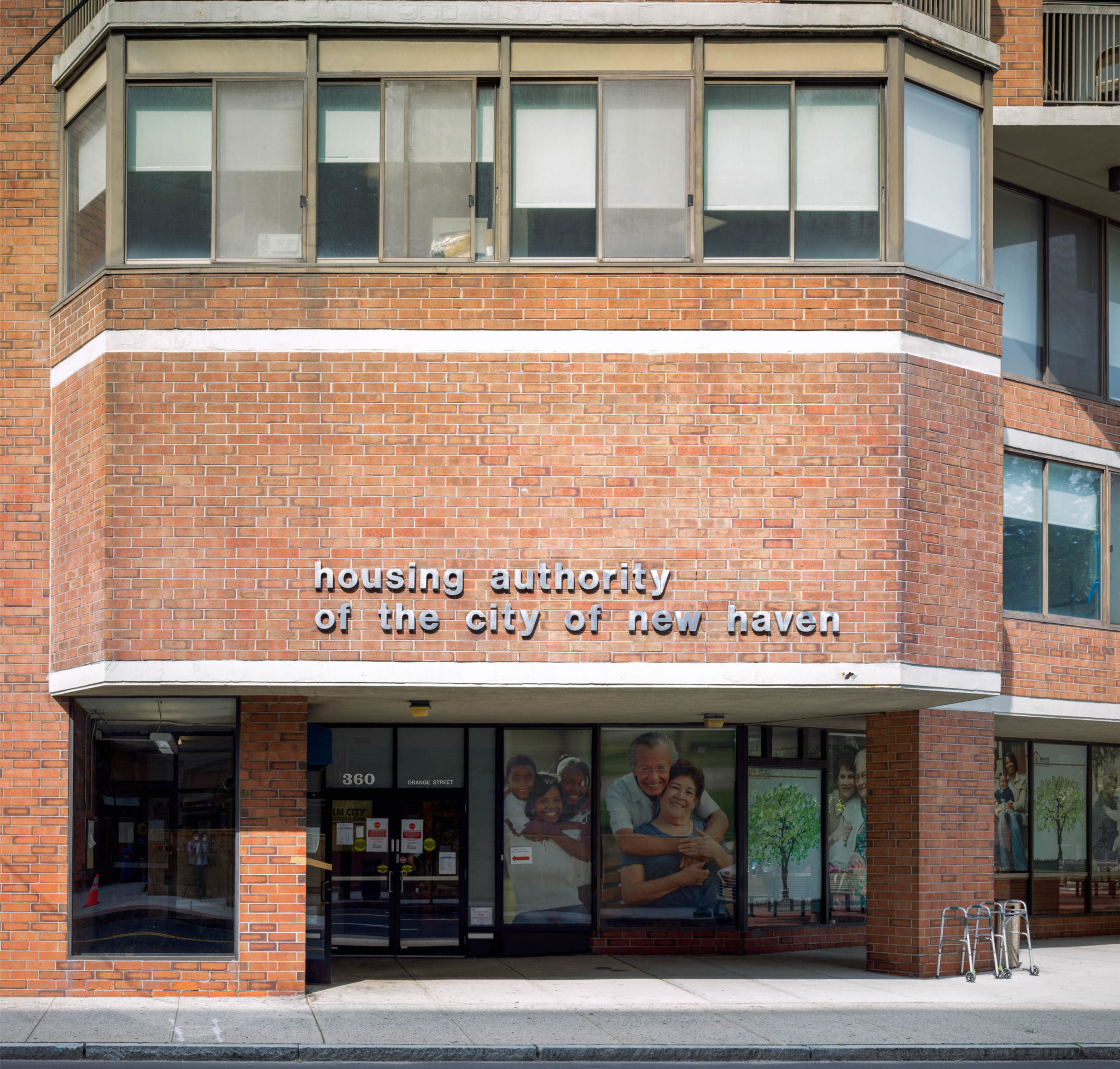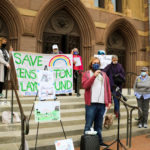Discussing the future of affordable housing in the Elm City
With affordable housing as a legislative priority for the coming years, the News looked at what affordable housing in the city can look like and why it is important.

Yiming Zhang, Contributing Photographer
Affordable housing has become a buzzword in policy discussions throughout the city this year. But many are wondering what improving affordable housing should look like in New Haven going forward.
This year, the Board of Alders’ legislative agenda listed the development of “quality, affordable housing” as a priority in policy development. Mayor Justin Elicker, soon after, allocated a total budget of $11.5 million to the Livable City Initiative in both of his proposed budgets for the 2021-2022 fiscal year. Last October, the Board of Alders voted to sell a New Haven park for just $1 to a Boston-based landlord in order to develop 15 affordable units.
“I think it’s really important that we destigmatize affordable housing,” said Director of Undergraduate Studies in the Urban Studies Department and associate professor Elihu Rubin ’99 in a Zoom interview. “Vibrant cities have a mix of price points and they must have a mix of price points in order to maintain diverse, equitable and attractive cities. Diversity and equity makes cities attractive and the most interesting cities of the future are going to be the most diverse and the most equitable.”
Addressing a legacy of racism
In 1934, the Federal Housing Administration was founded. It implemented redlining policies around the United States that refused mortgages to those buying homes in Black neighborhoods. At the same time, the FHA subsidized and supported the development of white subdivisions, with the condition they could not be sold to Black Americans, NPR wrote in a 2017 story.
The Home Owners’ Loan Corporation came soon after the FHA and began mapping cities and rating neighborhoods from A, or “Best,” to D, or “Hazardous.” Neighborhoods of color were frequently marked as D-rated, barring residents from purchasing houses. The term “redlining” comes from the red lines the HOLC drew around D-rated communities it claimed would be unable to pay. DataHaven reported in 2020 that formerly D-rated areas in New Haven have a 16 percent homeownership rate as opposed to the 80 percent that formerly A-grade areas boast.
In an interview with the News prior to her leave, former New Haven Housing Authority President Karen DuBois-Walton ’89 — now a candidate for mayor — noted the importance of developing housing in the city with this legacy of institutional racism in mind.
When the Board of Alders announced their legislative agenda, Ward 9 Alder Charles Decker noted that if you overlay a map of redlining in New Haven with current maps of poverty, home foreclosures and COVID-19 infections, the two would reflect similar patterns.
“Housing policy must be rooted and centered in an anti-racist frame, otherwise we will continue to perpetuate what was built with very, very negative intentions in the past,” said DuBois-Walton.
In terms of addressing this legacy, DuBois-Walton noted the importance of “creating pathways into other areas.” She noted that many low-income families move to cities because affordable housing is only provided there. A significant portion of the waitlist for housing in Elm City Communities — the New Haven Housing Authority — is from people around New Haven, and not necessarily from the city center.
Rubin noted that suburban zoning has a long tradition of “explicit” discriminatory practices that have forced the burden of affordable housing to fall on the center city.
“The overwhelming story of urbanization has been the story of white flight, and the uneven access to those places that has been reinforced and reproduced by federal policy,” Rubin said.
Going forward
In order to diversify the city housing market and create more affordable units, local housing authorities are looking to tackle zoning and market diversity and empower homeowners.
An example of zoning that creates urban diversity while empowering homeowners are “grandma units.” These are more formally known as “accessory dwelling units,” and are usually spaces in garages or attached to homes that homeowners can rent out. However, the city of New Haven does not currently allow homeowners to rent out units in single-family homes or areas, as designated by zoning. Should the city make this legal, Rubin noted, “you can end up with some very interesting urbanism … [in terms of] retrofitting the existing, built environment.”
DuBois-Walton also noted that accessory dwelling units do not require government subsidy or investment. In turn, they are an affordably effective change that empowers homeowners and diversifies neighborhoods simultaneously.
Another zoning change the city planning department hopes to implement would diversify existing neighborhoods. The City Planning Department noted during budget hearings that they are allocating funds towards changing zoning around the city through contracting legal help and investing in city plans. DuBois-Walton noted that diversifying neighborhoods around the city is a priority of the housing authority going forward.
“The best models of affordable housing are models that put people together in what we call mixed income communities, where you don’t have just solely high rent units, but you have a mix,” DuBois-Walton said. “Those have units that are affordable as well so that you can get a mix of population.”
Michael Haynes, an employee of the Neighborhood Housing Service in New Haven said that the greatest obstacle to developing affordable housing in the city is financing development. In the past, the Neighborhood Housing Service has turned to rehabilitating existing structures around the city as a way to develop housing — a move that was praised by Rubin for its financial efficacy.
“My hope is that New Haven will provide families, at or below 80% of the area median income, access to a variety of affordable housing that’s safe, clean, modern and feasible for families of all sizes,” Haynes told the News in an email.
There are currently 39 low-income housing complexes in New Haven.










